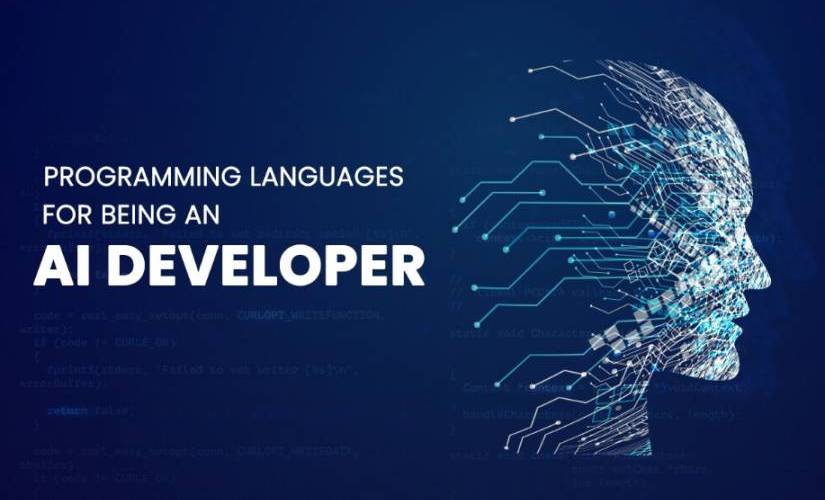In the vast realm of Artificial Intelligence (AI), selecting the right programming language is akin to choosing the perfect tool for a craftsman. Each language brings its unique strengths and characteristics to the table, catering to different aspects of AI development. As developers embark on the journey to create intelligent systems, the choice of programming language becomes a critical decision that can significantly impact the efficiency, scalability, and success of AI projects.
Python: The Undisputed Champion
At the forefront of AI development stands Python, the undisputed champion among programming languages. Renowned for its readability, versatility, and extensive libraries, Python has become the de facto language for AI and machine learning applications. The simplicity of its syntax allows developers to express complex ideas concisely, making it an ideal choice for beginners and seasoned professionals alike.
Frameworks like TensorFlow and PyTorch, both heavily utilized in deep learning, are built on Python. The rich ecosystem of libraries and tools, including NumPy, SciPy, and scikit-learn, further solidifies Python's dominance in AI development. Its community support, extensive documentation, and the availability of pre-trained models make Python an invaluable asset in the AI toolkit.
R: The Statistical Powerhouse
For those focusing on statistical analysis and data visualization in AI, R emerges as a formidable contender. Widely used in academia and research, R provides a robust environment for statistical computing and graphical representation. Its comprehensive collection of packages, particularly in the realm of data analysis, make it a preferred choice for data scientists delving into AI applications that heavily rely on statistical modeling.
R excels in exploratory data analysis and visualization, making it a go-to language for understanding and preparing data before feeding it into AI algorithms. While not as versatile as Python in terms of application beyond statistical domains, R's proficiency in its niche makes it a valuable asset in AI projects with a strong emphasis on data analysis and interpretation.
Java: The Enterprise Solution
Java, a stalwart in the programming world, remains a strong contender for AI development, particularly in enterprise applications. Known for its portability, scalability, and robustness, Java is often the language of choice for developing large-scale, mission-critical systems. In AI, Java is employed in projects where seamless integration with existing enterprise solutions is paramount.
Apache OpenNLP and Deeplearning4j are examples of Java-based libraries that cater specifically to natural language processing and deep learning, showcasing Java's adaptability to AI challenges. Java's compatibility with various platforms and its proven track record in enterprise environments make it an attractive option for organizations looking to incorporate AI capabilities into their existing infrastructure.
C++: The Performance Enthusiast
For AI projects demanding high-performance and efficiency, C++ emerges as a powerful contender. Known for its speed and low-level control over hardware resources, C++ is often chosen in scenarios where computational resources are a critical consideration. In AI, C++ finds its place in applications that require real-time processing, such as computer vision, robotics, and autonomous systems.
Libraries like OpenCV, which is extensively used in computer vision applications, are written in C++, highlighting its significance in performance-critical AI domains. While the learning curve may be steeper compared to Python or R, C++ remains a go-to language for AI professionals who prioritize performance and control over resource-intensive tasks.
Conclusion: The Tapestry of Choice
Selecting the best programming language for AI is akin to weaving a tapestry, where each thread contributes to the overall masterpiece. Python's ease of use and extensive libraries make it an excellent starting point for most AI projects, while R, Java, and C++ cater to specific needs based on statistical analysis, enterprise requirements, and performance considerations, respectively.
In the dynamic landscape of AI, flexibility and adaptability are key. Developers may find themselves utilizing a combination of languages depending on the project's requirements. Ultimately, the choice of programming language should align with the goals, constraints, and nuances of the AI endeavor at hand, ensuring a seamless integration of code and intelligence in the quest to unlock the full potential of artificial intelligence.



